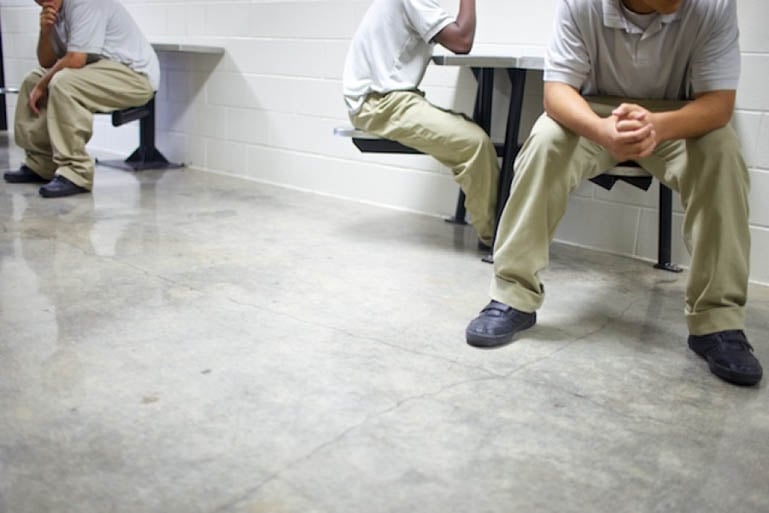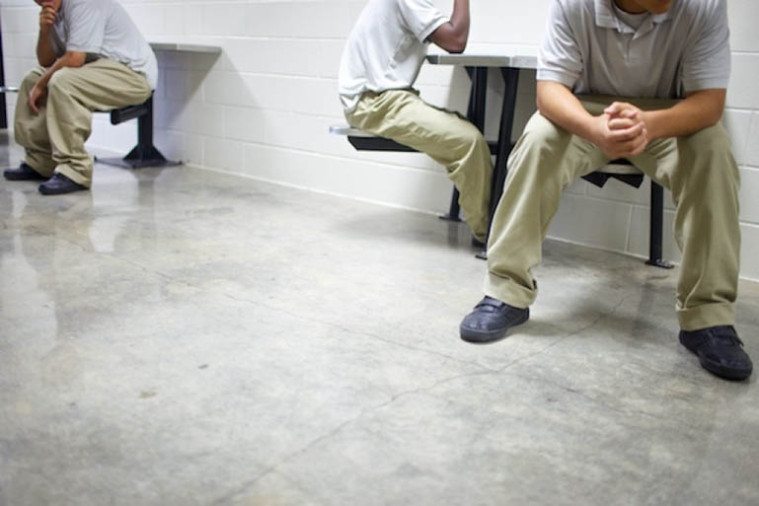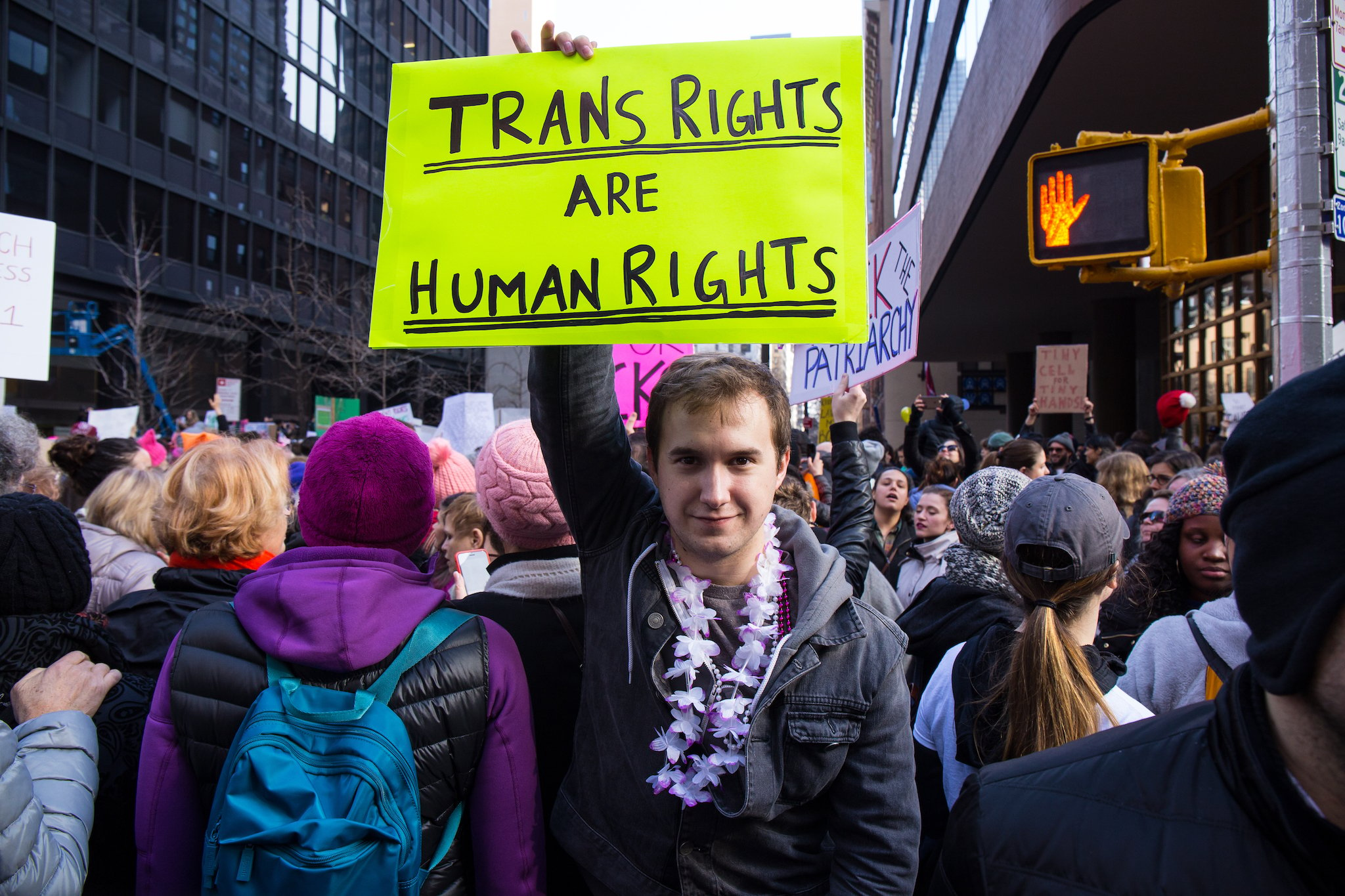
In Texas, the School-to-Prison Pipeline is Still Going Strong
Students of color and children with special needs were disproportionately affected by law enforcement’s involvement in schools.


Despite the Texas Legislature’s efforts to curb the school-to-prison pipeline, law enforcement still plays a major role in disciplining students for minor infractions, according to a new report from Texas Appleseed and Texans Care for Children.
In 2013, the Legislature eliminated two Class C misdemeanors — Disruption of Class and Disruption of Transportation — but the proportion of “disorderly conduct” cases has risen, suggesting school police have pivoted to ticketing the same classroom misbehavior using a different offense. These charges put students in adult courtrooms, facing criminal records that can follow them into adulthood.
Following the 2013 reforms, ticketing of Texas students dropped by 50 percent. But the number of disciplinary measures has since leveled off, leading to what the report refers to as a troubling “new normal.” Of the 72 school districts that Texas Appleseed and Texans Care for Children examined, officers arrested students an astonishing 29,000 times and issued more than 41,000 tickets for complaints from 2011 to 2015.
Latino students were arrested and referred for juvenile probation 1.87 times more often than their white classmates; for black students, the rate was 2.86 times higher.
The report, which tracked tickets, complaints, arrests and use of force incidents, found that students of color and children with special needs were disproportionately affected by law enforcement’s involvement in schools. Latino students were arrested and referred for juvenile probation 1.87 times more often than their white classmates; for black students, the rate was 2.86 times higher.
“The over-representation of black and Latino youth in our arrest, complaint and probation and court referrals data is disturbing,” said Morgan Craven, director of Texas Appleseed’s School-to-Prison Pipeline Project. “We know from years of research that children of color are not more likely to misbehave than their peers, and yet they continue to be punished at disproportionately high rates. The current system of overly punitive school discipline results in discriminatory outcomes.”
Those outcomes affect children in more ways than one. If a student is first arrested in high school, he or she is 50 percent more likely to drop out before graduation. After school, an arrest record can seriously impede a person’s ability to find housing, a job or access to social services like welfare.
“Research shows that when students are pushed out of class and into court or juvenile probation, they are more likely to be involved with the justice system when they get older,” said Lauren Rose, director of youth justice policy at Texans Care for Children. “We must clarify the role of school police officers and provide schools better training and strategies to manage student behavior to keep kids on a path to success.”
The report contains several other eye-opening findings:
- Texas school districts appear to spend more on police officers than counselors.
- Students with disabilities make up 24 percent of arrests, despite constituting only 9 percent of all enrollment.
- 46 percent of kids age 10-12 in probation programs were referred by their school.
- Students as young as age 6 are subject to use of force by school police.


